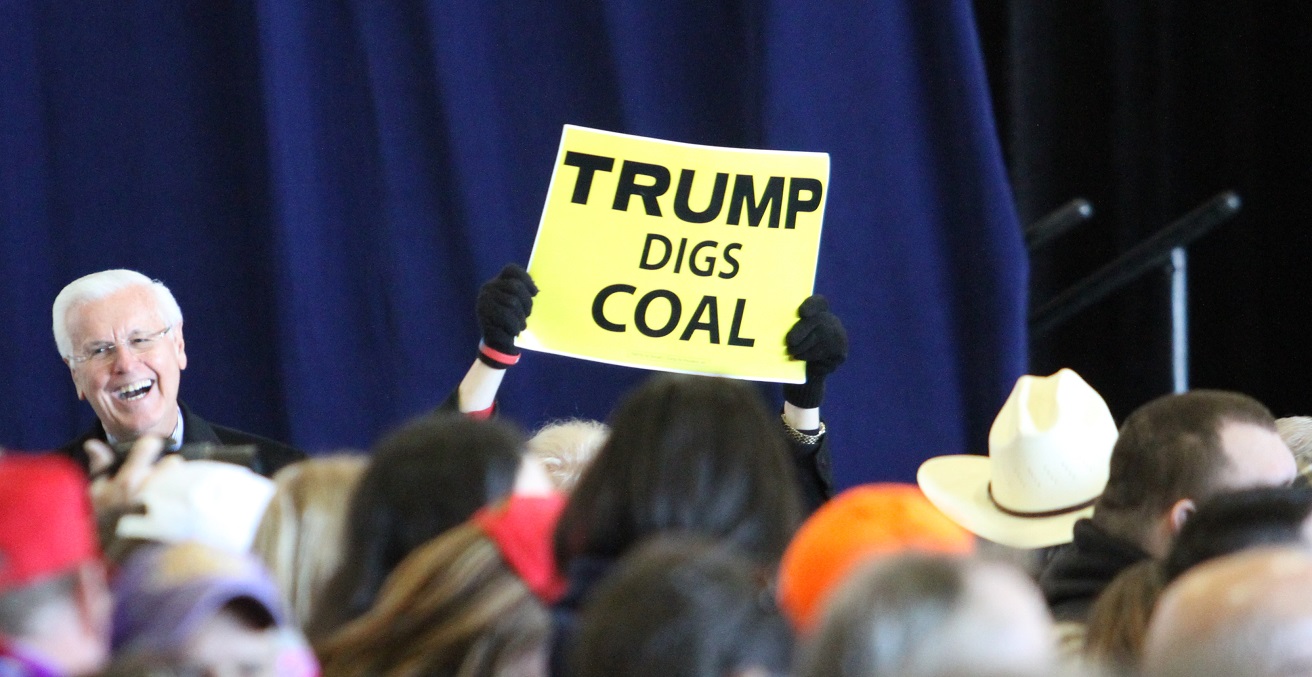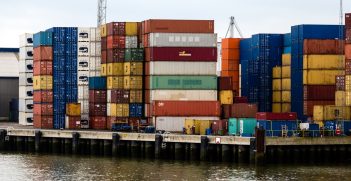Obsolete? Coal in the 21st Century

The ever-growing movement against fossil fuels in favour of renewable energy has led to a perception that the use of coal will go the way of the dinosaurs. The growing demand for energy however, may suggest otherwise.
Energy and the challenge of poverty
While mitigating the effects of climate change has become a global challenge, having access to reliable and affordable energy is necessary to eradicate extreme forms of poverty. Every one of the United Nations’ Millennium Development Goals depends on it.
There are around 1.2 billion people without electricity; about three billion people burn wood, charcoal and other biomass in stoves or open fires to cook and heat their homes. Energy poverty leads to hours of menial labour gathering fuels and around four million people die each year from indoor pollution.
Powering these unserved people is expected to increase the demand for coal in the coming decades. As the world’s biggest coal exporter, Australia has a major contribution to make in terms of striking the right balance between helping eradicate extreme poverty and responsible environmental stewardship. The challenge is a big one.
Coal’s continuing role in powering the world
Despite all the talk about reducing coal consumption because of climate change concerns, the international community has not turned its back on coal. Between 2013 and 2016, G20 nations spent USD$38 billion (AUD$48 billion) on coal projects and US$25 billion on renewable projects. The bulk of the finance came from China, Japan, Germany, Russia and South Korea.
G20 nations have a pipeline of over USD$28 billion for future coal projects compared to USD$14 billion for future renewables projects.
Between January 2014 and September 2017, commercial banks provided US$630 billion in financing to the top 120 coal plant developers, USD$275 billion of which came after the Paris climate agreement was signed. Over the next decade, Wood Mackenzie expects emerging markets in Asia to attract USD$250 billion worth of investments in coal-fired power.
And while the number of new coal plants in pre-construction around the world almost halved between 2015 and 2016, there are still around 1,600 coal plants and units planned or under development in 62 countries. Not all of them will be built, but an analysis in July last year showed construction on 183 new coal-fired power stations and 117 extensions of existing plants.
The emerging geographical divides on coal
The IEA expects coal-generated electricity will grow by 8.6 per cent out to 2040. While coal’s share of electricity generation is set to drop from 37 per cent to 26 per cent as other energy sources grow too, the agency expects coal will remain the largest single source of electricity generation to 2040.
Solar and wind is forecast to grow strongly and be responsible for 19 per cent of the world’s electricity by 2040.
In Southeast Asia energy demand is set to climb 60 per cent by 2040, with coal accounting for about 40 per cent of new growth. Some 100 gigawatts of new coal-fired capacity is expected to be built in the region by 2040, boosting the total installed capacity to 160 gigawatts, the IEA said.
Wood Mackenzie expects thermal coal imports in Southeast Asia will hit 226 million metric tons by 2035, up from today’s 85 million metric tons.
In India, despite an ambitious renewable energy program, coal consumption is expected to double by 2040. At that time India is expected to be the world’s largest coal importer with a 45 per cent increase over 2016 import levels. Indian imports of steel-making metallurgical coal are forecast to grow strongly as Modi’s “Make in India” campaign gets off the ground.
Pakistan and Bangladesh will also increasingly turn to coal imports to meet their energy needs. Overall, Wood Mackenzie expects South Asian coal imports will rise by 72 per cent to 2035.
Where will Australian coal exports be in 2040?
Coal exports from Indonesia are expected to fall on the back of production caps and more Indonesian coal is expected to be diverted to its domestic market. This creates an opportunity for Australia.
Overall, the IEA forecast Australian thermal coal exports to grow by about 20 per cent out to 2040. The IEA also expects the metallurgical coal trade to also keep growing:
Coking coal is scarcer than [thermal] coal, and even countries like India that are endowed with considerable overall coal reserves may not be self-sufficient in terms of domestic coking coal production. Heavy industries like steel and cement are particularly important in developing countries, and they underpin growth in coking coal trade.
Australia is set to be the dominant player in the global metallurgical coal trade, with a two-thirds market share by 2040. Every tonne of steel needs about 800 kilograms of coal. Without a technology that displaces metallurgical coal in the steel-making process, the prospects appear positive for Australian met coal producers.
To each their own, but we all have to share the planet
Each national energy policy is determined by country-specific factors including accessibility, reliability, geography, affordability and those of a political nature. Few would consider France’s energy policy suitable for the Philippines, and vice versa; there is no one-size-fits-all approach.
Even Germany, after spending €650 billion (AUD$990 billion) on renewable energy subsidies in recent decades, still gets about 40 per cent of its net power production from mostly brown coal. Chancellor Merkel acknowledged her country’s dependence on coal during the climate summit in Bonn last November, but said any phase-out needed to be done in “calm and reliable manner.”
While some developed economies are moving away from coal, coal-fired generation looks like it will become an increasingly large part of the mix in emerging economies because it evidently suits their national energy policies. Policymakers in these countries have long argued that it’s their turn for economic development on the back of coal. Rather than ignore this inconvenient truth, or promulgate wishful thinking, the pragmatic way forward appears to be through further investment in renewables research and development to continue bringing down costs and increasing reliability, while also focusing on the task of how to consume coal as efficiently as possible, like high efficiency low emissions (HELE) coal technologies.
HELE coal technologies provide CO2 reductions and are an important step towards carbon capture and storage (CCS). CCS reduces emissions from coal power production by up to 90 per cent. There are currently two coal station CCS facilities operating; Boundary Dam in Saskatchewan, Canada and the Petra Nova facility outside of Houston, Texas. Both are capable of capturing more than one million tonnes of CO2 per year. The IEA and the Intergovernmental Panel on Climate Change have both been clear that without CCS, achieving the Paris Agreement targets will be virtually impossible.
Tyler McDonald is a resources economist at ITS Global.
This article is published under a Creative Commons Licence and may be republished with attribution.





